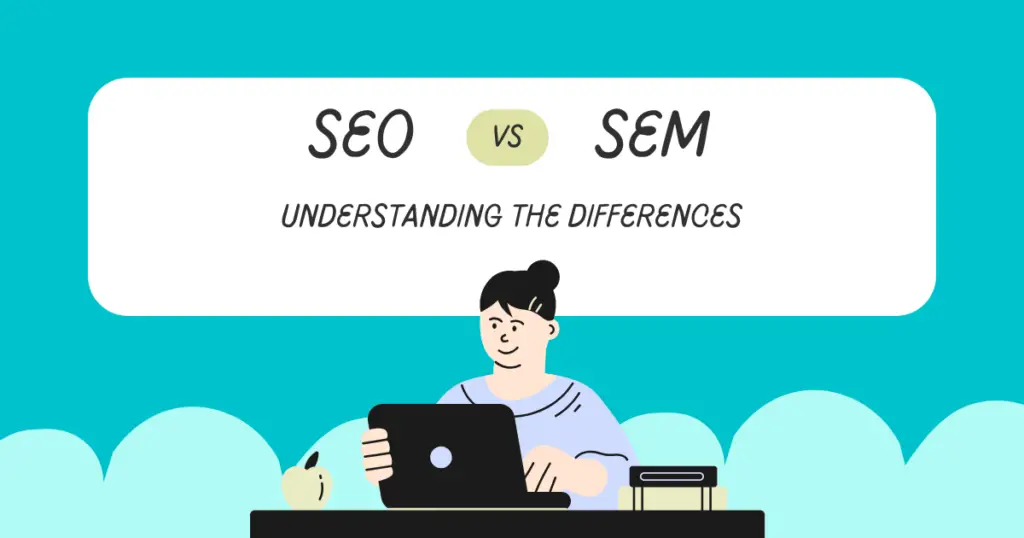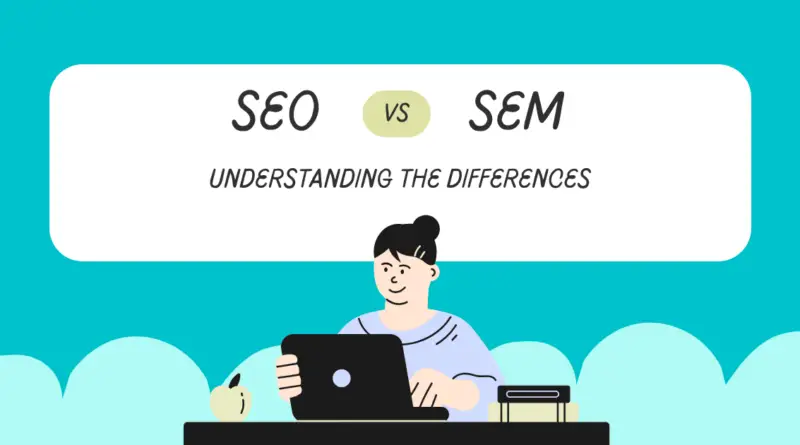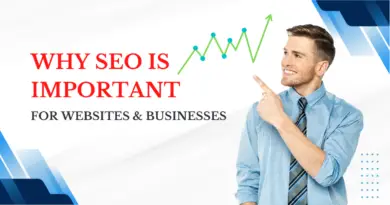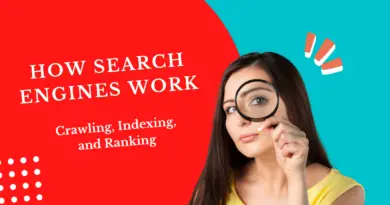SEO vs SEM: Understanding the Differences and Choosing the Right Strategy
In the digital marketing world, two terms often dominate conversations—SEO (Search Engine Optimization) and SEM (Search Engine Marketing). Both are crucial for improving a website’s visibility, but they serve different purposes. If you are a business owner, marketer, or blogger, understanding the difference between SEO and SEM can help you make informed decisions about your online growth strategy.
Let’s break it down step by step.
What is SEO?
SEO, or Search Engine Optimization, is the process of optimizing your website to rank higher in search engine results organically. It focuses on improving website quality, content relevance, and user experience to attract more traffic without paying for clicks.
Imagine you own a bakery in Mumbai, and you want people to find your website when they search for “best chocolate cake in Mumbai.” By using SEO strategies such as keyword optimization, quality content, backlinks, and a fast-loading website, you can naturally improve your ranking on Google.
Types of SEO
- On-Page SEO: Optimizing title tags, meta descriptions, images, and content.
- Off-Page SEO: Building backlinks, social signals, and brand mentions.
- Technical SEO: Improving site speed, mobile-friendliness, and crawlability.
- Local SEO: Optimizing Google My Business and getting local citations.
A well-executed SEO strategy takes time but provides long-term benefits, making it a great investment for businesses looking to generate sustainable traffic.
What is SEM?
SEM, or Search Engine Marketing, is a broader term that includes paid advertising on search engines. The most common form of SEM is PPC (Pay-Per-Click) advertising, where businesses pay for ads to appear at the top of search results.
For example, let’s say a startup like Zomato wants to promote its new service, “Healthy Meal Subscriptions.” Instead of waiting for organic SEO to bring traffic, they can run Google Ads targeting keywords like “healthy meal delivery in India” to appear instantly at the top of search results.
Popular SEM Strategies
- Google Ads (formerly Google AdWords)
- Bing Ads
- Remarketing campaigns
- Shopping Ads (for eCommerce websites like Flipkart and Myntra)
With SEM, businesses can get instant visibility and drive targeted traffic, but they have to pay per click.
SEO vs SEM: Key Differences
Feature | SEO (Search Engine Optimization) | SEM (Search Engine Marketing) |
|---|---|---|
| Cost | Free (but requires effort & time) | Paid (you pay per click) |
| Traffic Type | Organic | Paid |
| Time to See Results | Takes months to show results | Instant visibility |
| Sustainability | Long-term growth | Short-term visibility |
| Click Costs | No cost per click | Costs per click (PPC) |
| Trust & Credibility | More credible, users trust organic results | Ads may be ignored by users |
| Complexity | Requires content, backlinks, & optimization | Requires budget & ad management |

When to Use SEO?
If you’re looking for long-term growth and want to build brand credibility, SEO is the way to go. Businesses that should prioritize SEO include:
- E-commerce stores (like Nykaa and BigBasket) wanting to rank for product searches.
- Local businesses (like medical clinics, salons, and restaurants) looking to attract customers nearby.
- Bloggers and content creators aiming for sustainable traffic.
- Startups with limited budgets who can’t afford continuous ad spending.
A great example is Flipkart, which ranks organically for thousands of product-related searches. Instead of relying only on paid ads, Flipkart has optimized its product pages, blog, and content to bring in millions of visitors from Google search.
When to Use SEM?
If you need instant traffic and have a budget, SEM is a great option. Businesses that benefit from SEM include:
- New businesses or startups looking to get immediate customers.
- E-commerce sites running seasonal sales or discounts.
- Event-based businesses (like Zomato advertising for restaurant week).
- Service providers (like urban services booking apps such as UrbanClap).
For example, when Tata Motors launched the Tata Nexon EV, they used Google Ads and PPC campaigns to appear at the top of search results for queries like “best electric car in India.” This instantly boosted awareness and helped them generate leads for test drives.
SEO and SEM Together: The Best Strategy
Instead of choosing between SEO and SEM, many successful brands combine both strategies to maximize results. Here’s how:
✅ Start with SEM – Run Google Ads to get instant traffic and data.
✅ Use SEO alongside SEM – While paid ads drive short-term traffic, invest in SEO to rank organically in the long run.
✅ Analyze results – Use data from PPC campaigns to optimize your SEO content strategy.
✅ Retargeting – Use SEM retargeting ads for visitors who discovered your website through SEO but didn’t convert.
A company like Swiggy does this well. While they rank organically for keywords like “best food delivery in India”, they also run Google Ads targeting high-intent searches like “order pizza online” to capture immediate customers.
Common Myths About SEO and SEM
🚫 SEO is free and easy – While you don’t pay per click, SEO takes time, effort, and expertise.
🚫 SEM is too expensive – If done correctly, SEM can provide a higher return on investment by targeting the right keywords.
🚫 SEO is slow and doesn’t work – SEO takes time, but once you rank, the traffic is consistent and doesn’t require ad spending.
🚫 SEM is only for big companies – Even small businesses can run highly targeted PPC campaigns on a budget.
Key Takeaways
✔ SEO is a long-term investment that helps build credibility and sustainable traffic.
✔ SEM provides instant results but requires ongoing ad spending.
✔ For best results, businesses should use both SEO and SEM to drive organic and paid traffic.
✔ Indian brands like Flipkart, Zomato, and Tata Motors successfully use both strategies to dominate search results.
✔ Choosing between SEO and SEM depends on your goals, budget, and timeline.
If you’re just starting out and have limited funds, focus on SEO. But if you need immediate traffic and conversions, SEM can help you get results instantly.



